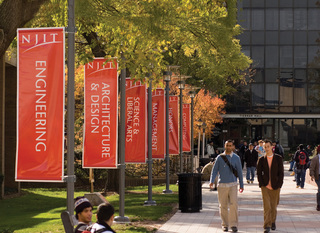Document Type
Thesis
Date of Award
10-31-1990
Degree Name
Master of Science in Mechanical Engineering - (M.S.)
Department
Mechanical and Industrial Engineering
First Advisor
Keith T. O'Brien
Second Advisor
Bernard Koplik
Third Advisor
R. S. Sodhi
Fourth Advisor
Benedict C. Sun
Abstract
Bicycles have existed in working order for a century. They are mechanical products whose dynamic characteristics are highly nonlinear. This has to some extent prevented detailed analysis and for the most part design has been made from practical experience. The advent of computers has markedly changed the techniques and procedures used to calculate the performance of a bicycle. Bicycling began long ago, and since the first bicycle was demonstrated, bicyclists, scientists and engineers have designed thousands of different bicycles considering safety, comfort to ride and ease of control. Nonetheless, nobody claims to fully understand bicycling. If the fundamental principles exist, they have not yet been fully discovered. The knowledge of bicycles and bicycling is almost entirely empirical — the result of more than hundred years of experimentation. When general observations arise, they have the character of design heuristics, rather than of scientific principles. Theoretical tools can be drawn from related fields, but there is very little theory that bears directly on the bicycle. Accumulation of a hundred years of experience in bicycling, and the applied linkage dynamics theory, has led to isolation of some design issues, but others remain to be studied and formulated.
This project presents a model of open link chains, based on Newton-Euler's formulation, which is independent of the type of bicycle frame configuration. This method involves the successive transformation of velocities and accelerations from the base reference point out to the rider, step by step, using the relationships between moving coordinate systems. Forces are then transformed back from the rider to the rear wheel axle, then to the base reference point to obtain the joint torques. Theoretically the mathematical model is "exact." A further advantage of use this method is that at each joint, force and torque can be computed.
Recommended Citation
Yen, Sylvester, "The dynamics of bicycling : an analytical and experimental investigation to determine the principles of design" (1990). Theses. 3017.
https://digitalcommons.njit.edu/theses/3017




